What is a Submersible Pump? Applications of Submersible Pumps
Understanding Its Working and Applications
The major difference between a submersible pump and any other type of pump is that a submersible pump is completely submerged in the liquid that it is required to pump. These pumps can be used in many different pumping applications. They also have their advantages and disadvantages, which must be taken into consideration when making a selection. The TKFLO Pump Corporation is a premier industrial pump manufacturer. TKFLO submersible pumps have a unique design which makes them superior for submersible applications.
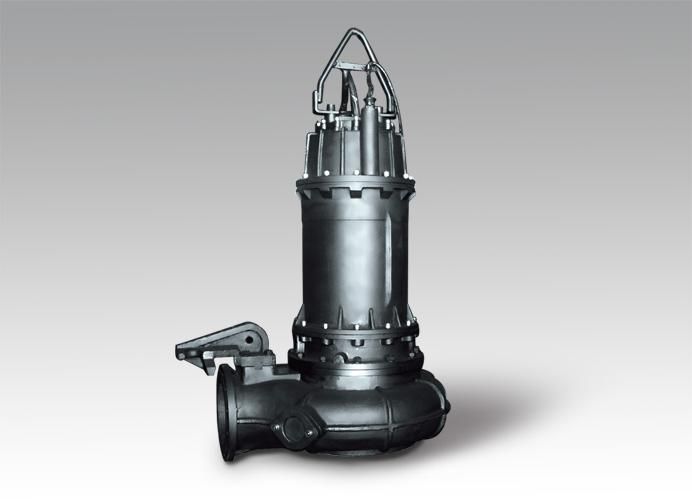
What is Submersible Pump?
As the name suggests, a submersible pump, also known as an electrical submersible pump, is a water pump that is completely submerged in the water and can be used for a variety of applications. The electric motor used in the process is hermetically sealed and also close-coupled to the pump. One of the major advantages of a submersible pump is that it does not require priming because it has already been submerged in the liquid.
Such pumps are also highly efficient and do not require you to spend energy on moving the water inside the pump. Certain submersible pumps can handle solids well, while others are only effective with liquids. These are quiet as they are underwater, and also, since there is no spike in pressure with the water flowing through the pump, cavitation is never a problem. Now that the basics are clear, let’s learn more about the submersible pump working principle.
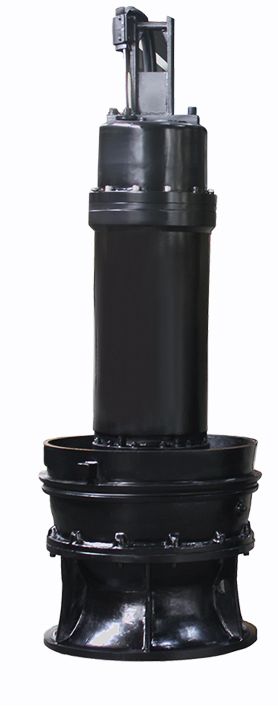
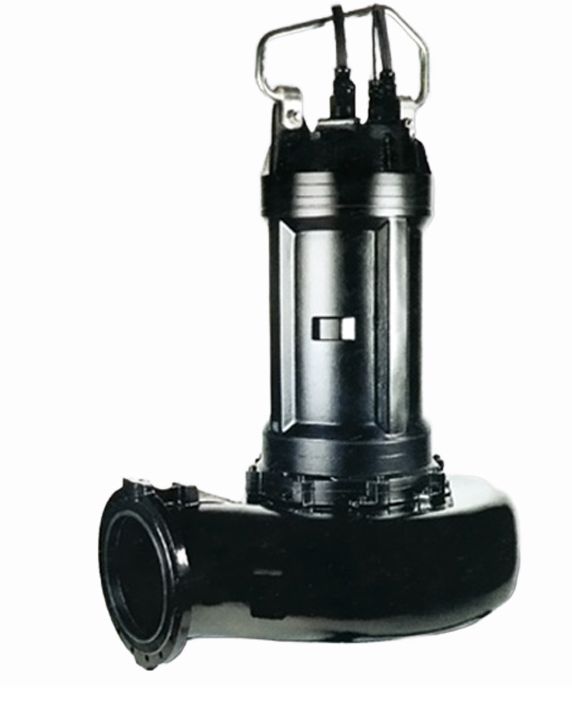
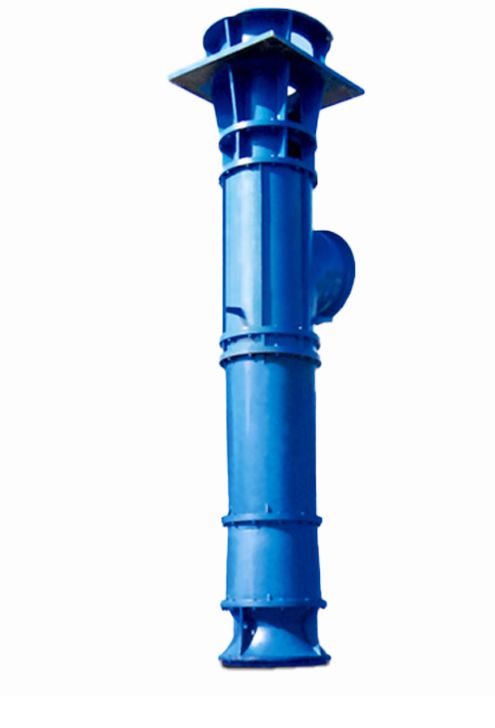
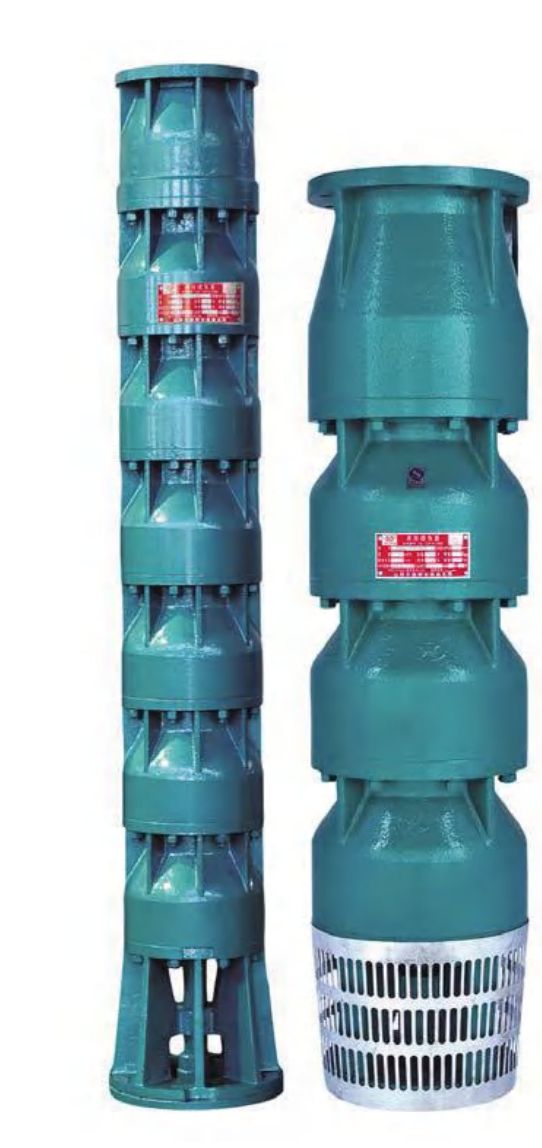
How Does a Submersible Pump Work?
These pumps work differently than other types of water and debris pumps. Because of the pump’s design, you will start the process by submerging the entire tool and connecting it through tubes or a collection container for liquid and solids. Your collection system might vary depending on the pump’s function and your industry.
The two main features of a submersible pump are the impeller and casing. The motor powers the impeller, causing it to spin in the casing. The impeller sucks the water and other particles up into the submersible pump, and the spinning motion in the casing sends it up toward the surface.
Depending on your pump model, you can run them for more extended periods. The water pressure from submerging it allows the pump to function easily without using much energy, making them incredibly efficient. Companies and homeowners can use them for bigger projects because of their functional capabilities.
Applications of Submersible Pumps
There are various submersible pump applications.
1.Slurry pumping and sewage treatment
2.Mining
3.Oil wells and gas
4.Dredging
5.Sump pumping
6.Saltwater handling
7.Fire fighting
8.Irrigation
9.Drinking water supply
Key Considerations for Submersible Pump Selection
While selecting an industrial submersible pump, there are several factors you should take into account. These factors play a crucial role in ensuring that the pump you choose is the right fit for your specific needs.
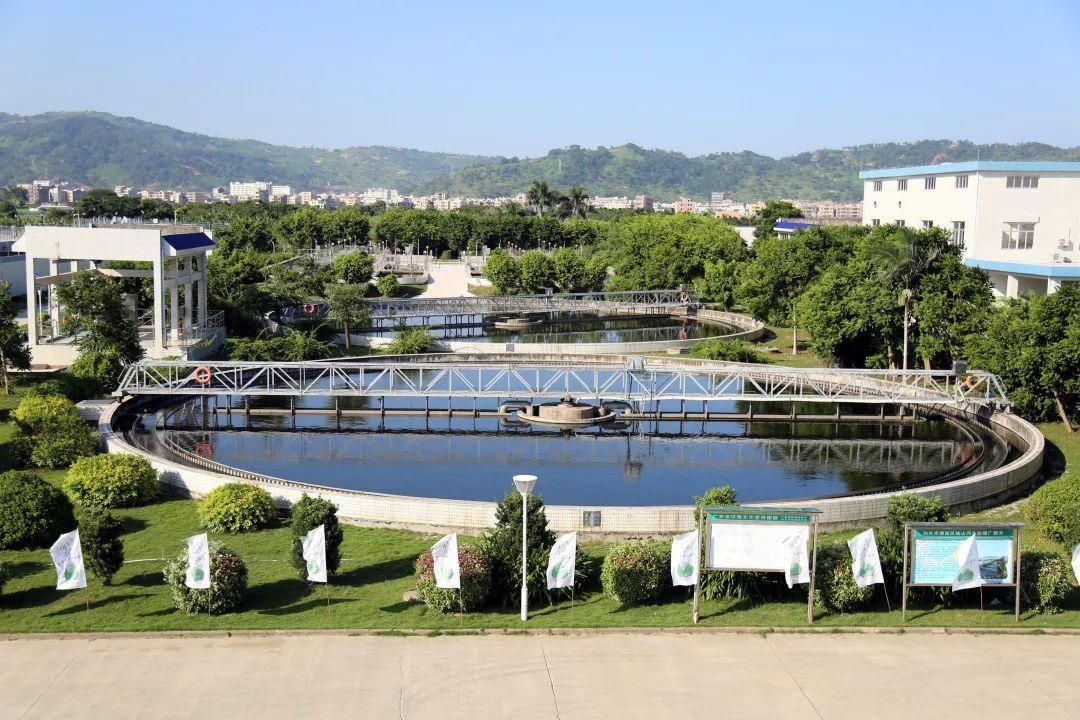
Here are some important considerations:
Continuous duty or Intermittent Duty: First thing first, find out what you need. Is it continuous duty versus intermittent duty? Continuous duty motors run non-stop without impacting the motor’s life as it’s designed to work that way. On the flip side, intermittent-duty-rated motors are designed to work for a short time and require to be cooled down to ambient temperature.
When it comes to dewatering applications or industrial processes that involve extended operation periods, it is advisable to select an industrial submersible water pump equipped with a continuous-duty motor with a reasonable GPM capacity. To work on the small sump applications or tank fill applications, it is often sufficient to opt for a less expensive pump equipped with an intermittent-duty motor.
Pump Capacity: Determine the required flow rate and head (vertical lift) that the pump needs to handle. The flow rate refers to the liquid volume, which needs to be moved within a given timeframe, generally measured in gallons (gallons per minute, or GPM). Decide on a max flow rate considering multiple factors such as the volume of liquid to be pumped per minute and the transport distance required.
Pump Type: Consider the type of industrial submersible water pump that suits your application. There are various types available, including dewatering pumps, submersible sewage pumps, and well pumps, each designed for specific purposes.
Selecting the right pump type ensures efficient and reliable operation, minimizing the risk of clogging or damage, and maximizing the pump’s lifespan.
Type of Fluid / Level of Solids Handling : If the pumped liquid contains solid particles, consider the pump’s ability to handle solids. Look for features like vortex impellers or grinder systems, or agitator based designs, and hard impeller material depending on the nature and size of the solids present. Clean water is particle-free and hence you can use standard pumps made of cast iron.
These features mitigate the risk of clogging, reduce maintenance needs, and optimize the overall performance and longevity of the pump in applications where solids are present.
Submersible Depth: When selecting a submersible pump, it is crucial to determine the maximum submersion depth that the pump will be subjected to. This depth refers to how far below the liquid surface the pump will be placed. It is important to choose a pump that is suitable for the intended depth and has the necessary sealing mechanisms to prevent water ingress.
Submersible pumps are designed to operate underwater, but they have specific depth limitations. It is essential to check the manufacturer’s specifications to ensure that the selected pump is rated for the intended submersion depth.
Pump Power: Power plays a crucial role in pump selection, as different pumps provide varying levels of pressure and GPM to handle fluids with different viscosities or transport them over longer distances.
Some pumps are specifically designed to handle thicker or more viscous fluids, requiring higher pressure to move them effectively. Additionally, pumps with greater power capabilities are often preferred when the fluid needs to be transported over extended distances.
Reliability and Maintenance: Lastly, you should also consider the pump’s reliability, reputation of the manufacturer, and availability of spare parts to ship. Look for pumps that are easy to maintain and service, as regular maintenance is essential for optimal performance and longevity.
3. Can submersible pumps run dry?
Yes, when the water level drops below the minimum required level, a submersible pump can run dry.
4. How long will a submersible pump last?
When used moderately, submersible pumps have a lifespan of 8–10 years and may last as long as 15 years.
5. How do I choose a submersible well pump?
To choose the right submersible well pump, you must consider the following factors:
Type of water
Discharge height
Float-and-flow switch
Cooling system
Suction depth
Outlet size
Borewell size
FAQs on Submersible Pumps Working & Applications
1. What is a submersible pump used for?
A submersible pump is used to pump well water for agricultural irrigation, and for pumping sewage.
2. What is the advantage of a submersible pump?
A submersible pump is more efficient in comparison to other pumps. It can handle both solids and liquids and does not require external components to pump the water. A submersible pump does not require priming, has no cavitation problems, and is quite energy efficient.
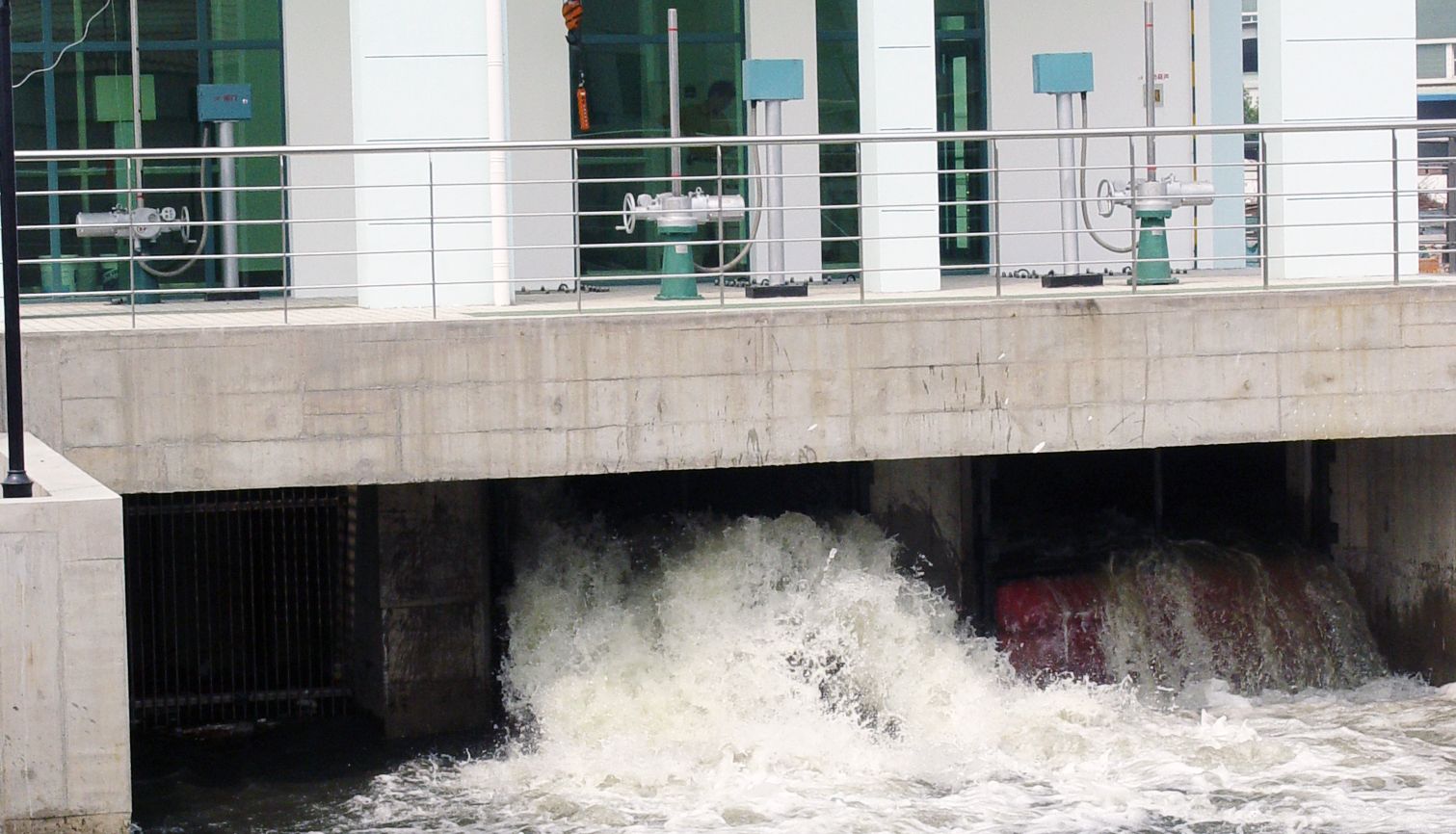
Post time: Sep-14-2024


